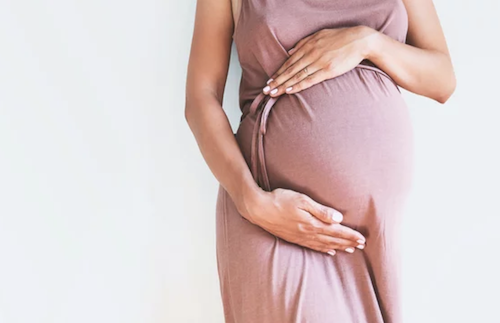
A recent study in JAMA Network reveals that uterus transplants have a high success rate, leading to live births in women who lack a functional uterus.
Studies show that uterus transplantation in women who do not have a functional uterus (absolute uterine-factor infertility) offers the possibility for these women to carry out their pregnancy.
For this study, Dr. Giuliano Testa at Baylor University Medical Center, Dallas, Texas, and colleagues sought to determine whether a uterus transplant is feasible, safe, and results in healthy infant births.
Their study included 20 participants with uterine-factor infertility and at least one functioning ovary who underwent a uterus transplant in a large US tertiary care center between September 14, 2016, and August 23, 2019. The women in the study were of childbearing age (defined as 20-40). The US had 48 transplants and 33 corresponding live births between 2016 and 2021.
“The development of uterus transplant offers an option for women with absolute uterine infertility to experience pregnancy and childbirth,” Dr. Testa and colleagues wrote. “Since the first successful uterus transplant in 2011, more than 100 uterus transplant procedures have been performed worldwide, using grafts from living or deceased donors.”
The median age of the recipients was 30. Most of the patients were White (n=16), Asian (n=2), Black/African American (n=1), or of an undisclosed race (n=1). All 20 recipients underwent a laparotomy (a type of open surgery of the abdomen), and the median hospital stay for the procedure was 6 days.
The median age of the 20 White female donors was 37. Eighteen donated while living (17 non-directly, one directly), and two were deceased donors. Five donors underwent robotic-assisted donation surgery.
The study revealed that 30% (n=6) of the transplant recipients experienced graft failure, 45% (n=9) experienced an infection, and 71% (6) experienced a vaginal stricture. About 14 participants experienced IVF rejection—another 14 experienced complications such as gestational hypertension, diabetes preeclampsia, and insufficient cervix or preterm labor.
According to the researchers, the median time from uterus transplant to first embryo transfer was about 4.1 months. About 7 transplant recipients experienced a live birth following the first embryo transfer, 2 experienced it after two transfers, and 5 required less than two embryo transfers. Dr. Testa and colleagues reported a live birth rate per embryo transfer of 43%.
The researchers also observed that about 14 (70%) recipients had ≥1 live childbirth, and another 2 had a second live birth after the embryo transfer. In addition, births occurred at a median of 14.2 months following the transplant. Six participants had their uterus removed at the time of their first or second delivery.
Dr. Testa and colleagues did not observe any congenital malformation in the children, and only one child failed to meet communicative milestones at 12 months, resulting in an autism spectrum disorder diagnosis.
“This case series of 20 women in a single institution demonstrated acceptable graft survival following a multidisciplinary approach to uterus transplant, conception, and subsequent live birth,” investigators wrote. “During the study period, the technical success of graft survival improved with time and experience.”
Dr. Testa and colleagues added, “The live birth success rate in this study suggests that a successfully transplanted uterus is capable of functioning at least on par with a native, in situ uterus,” they wrote.
Source: Contemporary OB/GYN
Journal: JAMA Network







 © 2025 Mashup Media, LLC, a Formedics Property. All Rights Reserved.
© 2025 Mashup Media, LLC, a Formedics Property. All Rights Reserved.